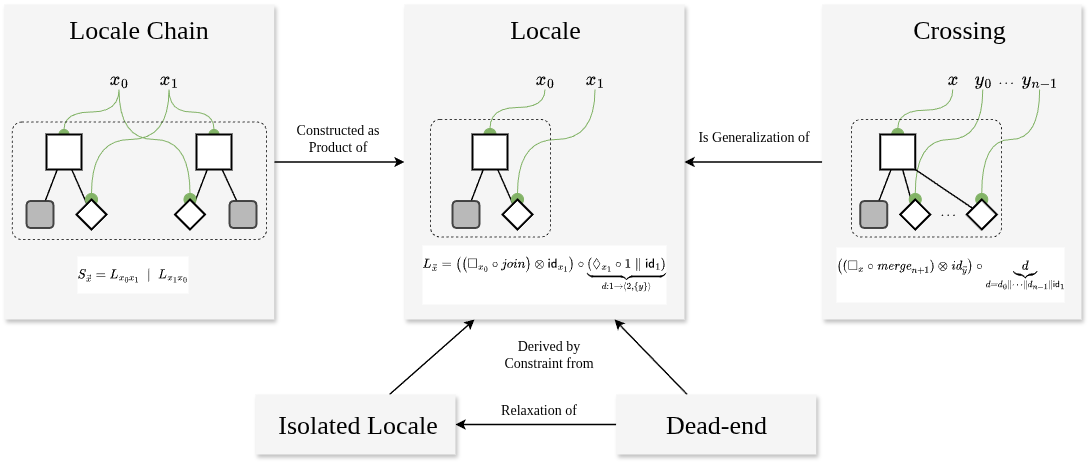"It has often been said that a person does not really understand something until after teaching it to someone else. Actually a person does not really understand something until after teaching it to a computer, i.e. expressing it as an algorithm ... An attempt to formalize things as algorithms leads to a much deeper understanding than if we simply try to comprehend things in the traditional way."
Knuth, D. E. (1996)
Modern cyber-physical environments blend people, machines, and networks. To model all this, languages must be cabable to express interactions across space, infrastructure, and human activity.
This formalization not only enables mathematical system design and analysis but serves as a cognitive tool to the understanding of cyber-physical environments in a constructive, explorative manner.
Executable Data Structures, whether viewed as runtime models, homoiconic representations (code as data), closures (behavior with data), or classes (data with behavior), represent just the other side of the same "multi-dimensional" coin. In some cases, data can be designed such that their form mirrors their meaning: not just syntax, but visible semantics.
This is especially true for diagram-based or network-like languages, where the structure is meant to be seen directly. Examples include tree-like hierarchies, or social networks rendered as spatial constellations of interacting bubbles.
From spatial structure to reactive behavior through Bigraphical Reactive Systems and Category Theory.
A mathematical model is required that not only captures the structural and dynamic properties of cyber-physical spaces, but also supports causal reasoning and facilitates some form of systematic adaptation across heterogeneous domains. Such a model should serve as both a conceptual foundation and a practical framework for many socio-technical systems in the real-world.
The bigraphical algebra allows to frame behavior as patterns of combination and symmetry. Operators describe how processes compose; equations capture invariants and identities; algebraic laws ensure predictability.
"Software tools are essential for exploring the efficacy of the model, both for scientific analysis and for advanced software engineering."
R. Milner, The Space and Motion of Communicating Agents, 2009
Programming languages and tools are required that are built upon these bigraphical data structures grounded on basic category theory. Such languages must support both spatio-temporal analysis and programming in an integrated way, inherently offering features such as multi-modality, runtime modeling and execution, multi-level abstraction, resolution-aware modeling, and some form of "auto-parallelism."
Read more
here →
www.bigraphs.org



